BPC-157 – Cytoprotective Pentadecapeptide
Chemical Identity
Chemical Name: BPC-157 Acetate
Molecular Formula: C₆₂H₉₈N₁₆O₂₂
Molecular Weight: ~1419.55 Da
CAS Number: 137525-51-0
Sequence (Linear): Gly-Glu-Pro-Pro-Pro-Gly-Lys-Pro-Ala-Asp-Asp-Ala-Gly-Leu-Val
Structure Type: Synthetic pentadecapeptide derived from human gastric juice protein BPC
Pharmacological Classification
BPC-157 is a stable gastric pentadecapeptide with potent **cytoprotective**, **angiogenic**, and **anti-inflammatory** properties. It engages in tissue repair and regeneration through diverse mechanisms, although it is not a classical receptor-targeted agent.
Mechanism of Action
- Endothelial Protection: Promotes VEGF, FAK, and eNOS activity; supports vascular integrity and neoangiogenesis.
- Neurotransmitter Modulation: Interacts with dopamine, serotonin, and nitric oxide systems to enhance CNS and enteric recovery.
- Wound Repair: Stimulates fibroblast migration, collagen synthesis, and growth factor expression.
β-Arrestin Recruitment
BPC-157 is not known to directly bind GPCRs and does not induce canonical β-arrestin recruitment. However, it may modulate GPCR-mediated pathways through indirect mechanisms:
- GPCR Influence: Functional modulation of dopaminergic (D2), adrenergic (β2), and serotonergic receptors has been observed in vivo, likely through paracrine or systemic regulatory mechanisms.
- Signaling Profile: β-arrestin signaling is not directly triggered, but downstream receptor systems may be altered in expression or sensitivity.
Receptor Interaction Overview (Non-Canonical)
| System | Direct Receptor Binding | β-Arrestin Activity | Mechanism |
|---|---|---|---|
| Dopaminergic (D2) | No | Indirect | Modulation of downstream tone and expression |
| β2-Adrenergic | No | None observed | Systemic vascular regulation |
| Serotonergic (5-HT) | No | Modulatory | Restoration of receptor balance in injury models |
References: Sikiric P, et al. J Physiol Pharmacol. 2020;71(1):11–27. Lozic M, et al. Biomedicines. 2021;9(5):547.
Molecular Engineering
BPC-157 is a synthetic fragment of a naturally occurring body protection compound (BPC), engineered for resistance to enzymatic degradation and high biological activity. It remains active across various administration routes in preclinical models.
Pharmacokinetics (Non-Dosing)
- Elimination: Believed to undergo enzymatic breakdown followed by renal clearance
- Plasma Stability: Stable in gastric juice and systemic circulation
- Oral Bioactivity: Demonstrated in rodent models despite peptide nature
Biological Effects
BPC-157 promotes repair of gastrointestinal mucosa, muscle, tendon, nerve, and vascular tissues. Also reduces inflammation, oxidative stress, and cytokine-induced tissue damage across a range of preclinical models.
Preclinical Evidence
Animal studies have shown efficacy in models of gastric ulceration, esophageal reflux, spinal cord injury, tendon rupture, and traumatic brain injury. No genotoxicity, carcinogenicity, or adverse immunogenicity has been reported.
Stability and Storage
- Form: Lyophilized acetate salt
- Solubility: Water, saline, dilute acid, DMSO (research use)
- Storage: –20°C; protected from light and moisture
- Reconstitution pH: 4.0–6.0 ideal for aqueous prep
References
- Sikiric P, et al. J Physiol Pharmacol. 2020;71(1):11–27.
- Lozic M, et al. Biomedicines. 2021;9(5):547.
- Perovic D, et al. Curr Pharm Des. 2021;27(8):1107–1118.
- Staresinic M, et al. Life Sci. 2003;72(7):739–752.
